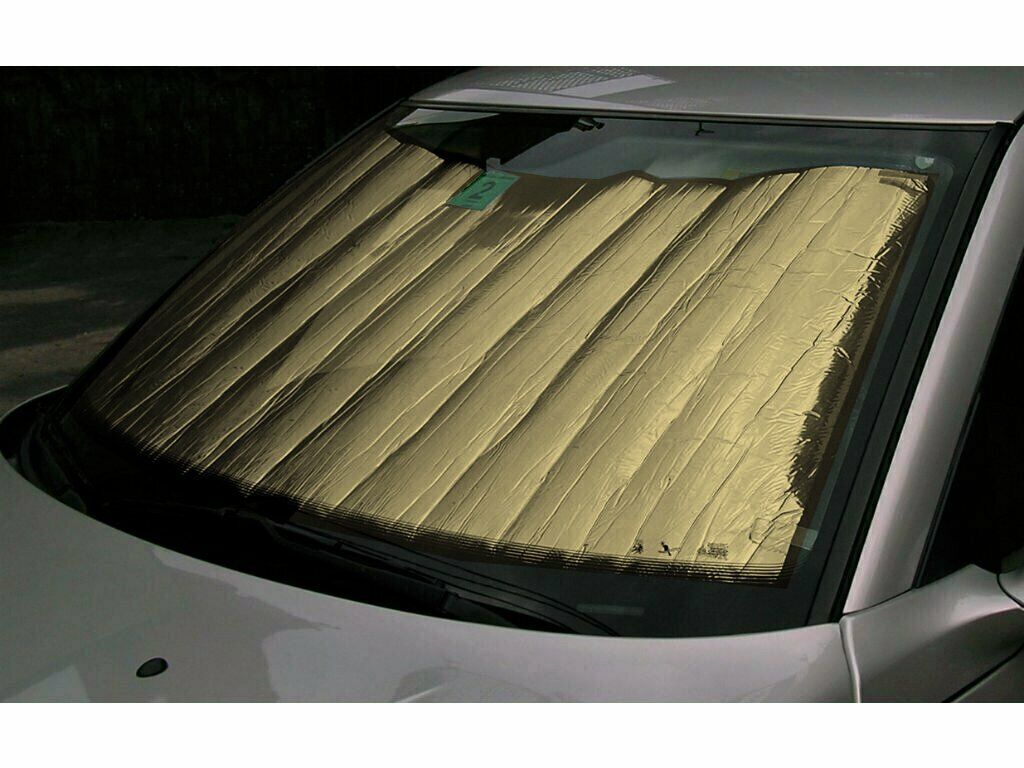

String or cloth tape holds together each slat of a Venetian blind set. Venetian Blinds, Micro Blinds, and Mini Blinds They are also available in a variety of materials including solar screen, woven wood, and fabric. These blinds are contemporary in look and feel. The panels slide open and stack on one side without blocking door openings.

Panel blinds are like vertical blinds but seated directly inside the of the track. They also keep your energy costs low when the room is not in use. They are perfect for showcasing your Manhattan skyline view during board meetings.
VIN SCREEN SHADE WINDOWS
Vertical blinds are ideal for large floor to ceiling windows or to cover glass doors. In most cases, each slat is removable for easy replacement or cleaning. When maintained well, they are easy to open and rotate. Vertical blinds consist of individual slats that hang from hooks in an upper track. You only need to decide which ones work best for your company. There are a ton of commercial blind and shade types to fit every need. Some roll up, while others are accordion-style and raise like horizontal blinds.
VIN SCREEN SHADE FULL
Unlike blinds, Shades are one full piece of material making them ideal for privacy. Most vertical blinds only have a rod you can use to both pull the blinds closed or rotate them. A rod on the other side lets you rotate the slats. You can adjust the length of horizontal blinds with a pull cord on one side. When purchasing window treatments, it’s important to know the difference between blinds and shades.īlinds have either vertical or horizontal slats. You can get a shade that looks great and transmits as much or as little sunlight as you desire. And most will still let you enjoy your skyline view. The biggest benefit of synthetic fiber shades is their versatility. Polyester, fiberglass, polyethylene terephthalate (PET) and blends of polyester, linen, and cotton are common types of synthetic fibers for window shades.ĭepending on the type of weave, roller shades using these materials are either sunscreens or black-out shades. Like wood blinds, their faux cousins are easy to clean and more private than other blind options. Many people prefer composite blinds because you don’t have to cut down trees to cover your windows. If you are extremely Eco-conscious, you can go a step further and buy recycled faux blinds. They also don’t absorb moisture as some wood blinds do. Faux Wood Blindsįaux wood blinds, or composite blinds, have the beauty of real wood but are a much cheaper alternative. These blinds are completely solid, so you won’t even be able to make out shadows from the outside. One other perk of wood blinds is privacy. All you need is a feather duster or microfiber cloth and you are good to go. You can clean wood blinds much easier than most other types of blinds.

Common wood choices include pine, beech, bamboo, and mahogany. Wood blinds come in a wide variety of textures and looks because they can come in practically any type of wood. Aluminum blind slats range from a 1/2 inch to 2 inches. Higher gauges are more durable than lower gauges. These blinds are available in 6, 8 and 9-gauge thicknesses. This makes rooms cooler in the summer and hotter in the winter. Aluminum BlindsĪluminum blinds are easy to repair but difficult to clean. Because they reflect the sun, they are energy-efficient. Here we discuss some of the most common materials used, but there are other options available as well. The materials used for window treatments are almost limitless. Read on to learn everything you need to know before purchasing new blinds or shades. If you are in the market for new window treatments, then you have come to the right place. But there are so many different types of commercial blinds and even more materials. This makes it more difficult for your cooling system to do its job and raises your energy costs.Īdditionally, in winter months, you can save about 12% on your energy bill by employing shades or blinds.Įven if your New York City business makes money hand over fist, blinds are a money saver you can’t afford to miss. Without window treatments, about 76% of the sunlight that falls on double-pane windows enters a room as heat.


 0 kommentar(er)
0 kommentar(er)
